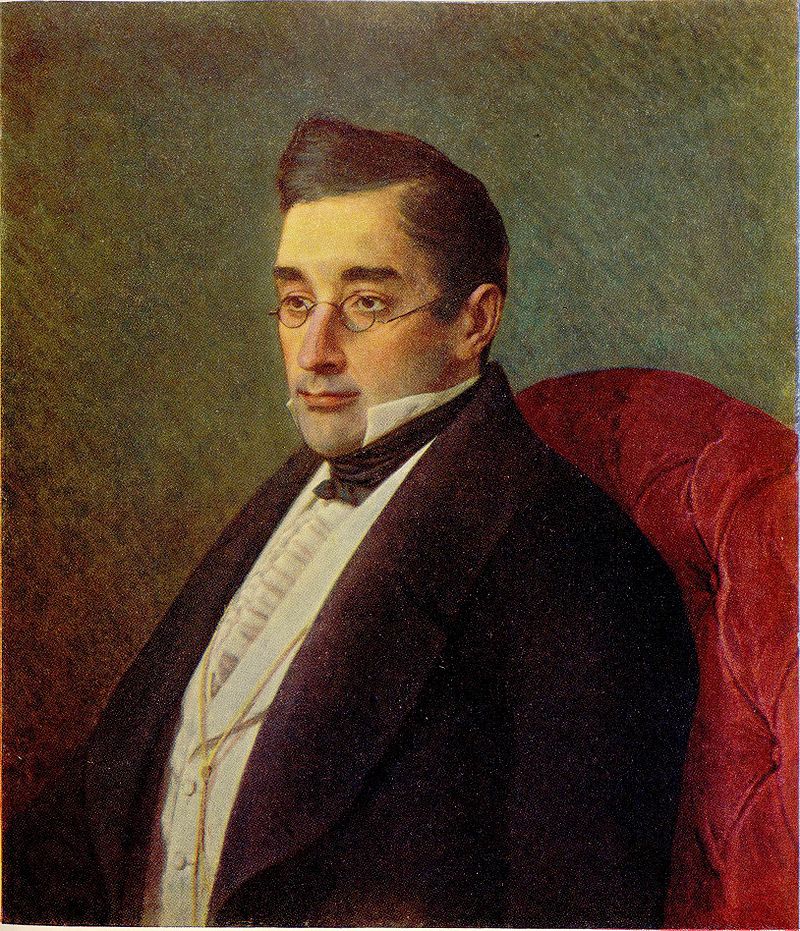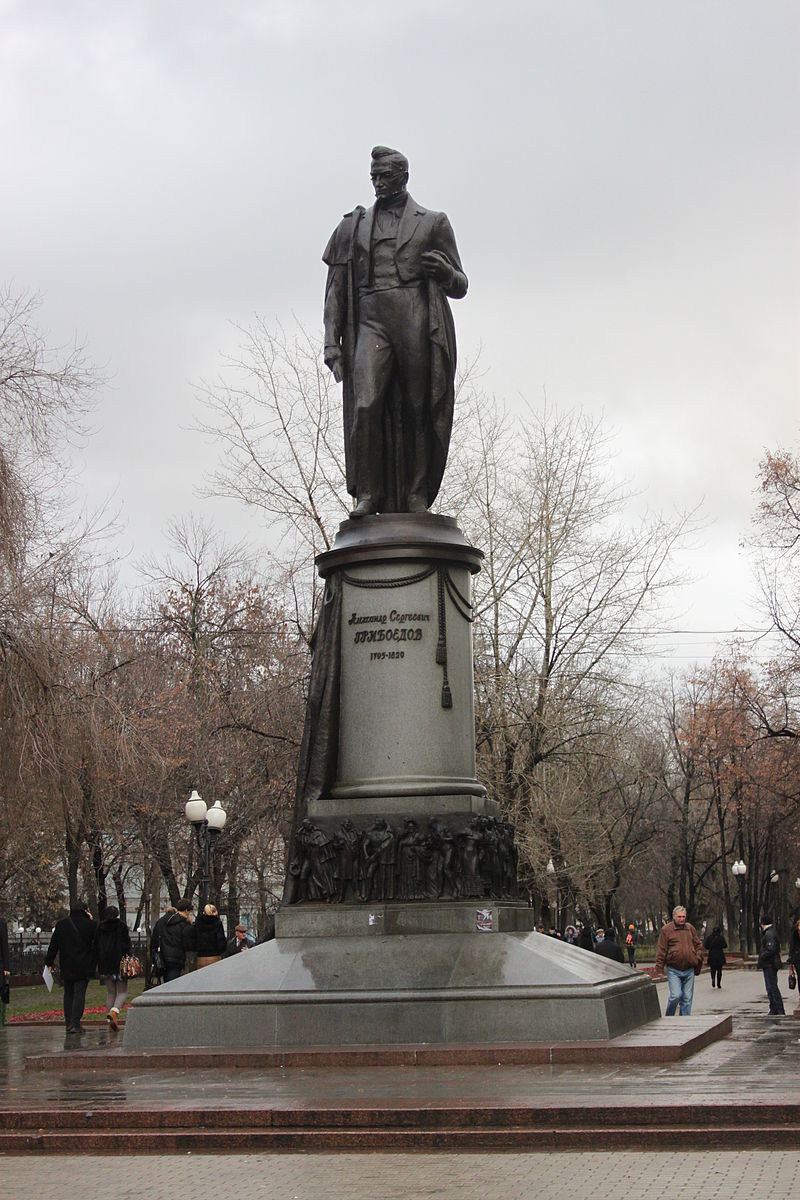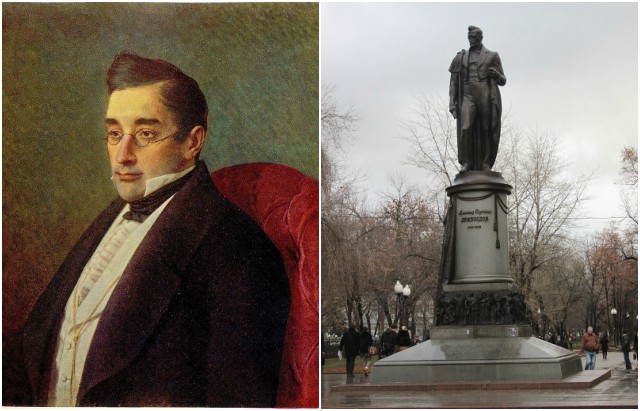Alexander Griboyedov was born in Moscow on 15 January 1795 to Sergey Ivanovich, a retired captain of the dragoons, and his wife Nastasya Fyodorovna. He belonged to the well-off upper class and Alexander received a good education.
At the beginning, he was taught at home by German tutors Johann Petrosilius and Johann Ion. At the age of fifteen, Griboyedov graduated from Moscow University with a degree in literature and law.
He joined the military during Napoleon’s invasion, obtaining a commission in a hussar regiment, which he resigned in 1816. Around this time, he was already fluent in French, German, English, Italian, Greek, Latin languages, and later mastered the Arab, Persian and Turkish languages. He was also an outstanding pianist.

In 1817, Griboyedov was enlisted in the Board of Foreign Affairs in St. Petersburg, where he soon began to build a positive reputation. He spent considerable time with actors and playwrights and met Pushkin, one of the giants of Russian literature.
The next year, Griboyedov was appointed secretary of the Russian legation in Persia. There, he studied the Persian and Arabic languages. In 1822, he was transferred to Tiflis (now Tbilisi), Georgia, as a secretary of foreign affairs. There Griboyedov wrote acts 1 and 2 of “Woe from Wit,” a satirical play in rhymed iambic lines of varying length. Unfortunately, the play was rejected by censors and only parts of it were allowed to be published in an almanac in 1825. The full publication in Russia didn’t happen until 1831, but copies of it were reprinted and distributed privately.

In 1828, he assisted in signing Treaty of Turkmencha and was appointed as a Minister Plenipotentiary in April 1828 and sent to Persia. On the way to Tehran, he spent several months in Georgia, where he married Nina Chavchavadze, daughter of the Georgian poet and the major general Alexander Garsevanovicha Chavchavadze. He arrived in Persia in October.
According to Persian sources, he acted in a defiant way, showing no respect for the shah. He and his staff insulted Muslims and took many Christian women, who had converted to Islam, to the Mission. His actions provoked a crowd of Islamic religious fanatics to attack the embassy.

The incident began when two Armenian women escaped from a harem of a Persian Shah and sought refuge at the Russian embassy. Griboyedov refused to return the fugitives and his decision caused a riot in Tehran.
Several thousand Persians encircled the Russian compound demanding their release and on February 11, 1829, a mob attacked the Mission and slaughtered Griboyedov and some members of his staff.His body was taken to Tiflis and buried in the Monastery of Saint David.
